Fertilization
Citrus fruits need a lot of fertilizer.
Young plants in particular need constant feeding for vigorous initial growth. These early years will condition its shape and productivity for potentially decades.
Mêven once the tree is mature and well established in the soil, natural fertilizers must be maintained.
For all fertilizers, spread in a circle around the tree, in line with the branches.
The canopy and therefore the fertilizer circle will expand as the tree grows, year after year.
For granules, it is preferable to bury them slightly to avoid evaporation of some of the nutrients, especially nitrogen. Scrape the soil under the mulch, so you can cover it with just a thin layer.
For manures, ashes and liquids, spread or pour on the surface, always in a circle at a good distance from the trunk.
When to fertilize and how much
At the time of planting, a good dose of fertilizer should already be distributed in the soil. This will cover the first few growing seasons. See the Planting chapter for more details.
If the tree was planted in the spring in rich soil, the first additional application will be made in mid-June. If planting in late summer or early fall, it will not be until the following spring.
The table below applies from the second year after planting. It contains only natural fertilizers.
Most are easy to find in stores (granules) or on a farm (manure). Some you can make yourself (purins, ashes).
For a much simpler but also more expensive approach, use ready-to-use liquid citrus fertilizers.
You can alternate their use with the products listed in the table.
| Early March | Early April | mid-May | mid-June | Early August | |
|---|---|---|---|---|---|
| Young tree (minimum contribution) | 300 gr chicken droppings granules | Nettle purin (1L in 10L of water) | |||
| Young tree (if signs of deficiency) | Nettle purin (1L in 10L of water) | 1 kilo wood ash | 300 gr chicken droppings granules | 50 gr ground horn | |
| Mature tree (10 years) | Multiply by 3 the doses of a young tree | ||||
| Older tree (30 years) | Multiply by 5 the doses of a young tree | ||||
| Manure base | Replace every 100 grams of granules with a fork (2 kilos) of well matured manure | ||||
| Calcareous soil | Do not use wood ashes. Replace 1 kilo of ashes by 100 gr of coffee grounds. | ||||
| Nutrient-poor soil | Multiply the indicated doses by two, depending on the age of the tree. Add 100 g of bone powder or feather powder in mid-March (dose for young trees). | ||||
Commercial products
Organic fertilizers adapted to citrus fruits are available in stores or online in Switzerland in liquid form. They will make your life easier and keep your trees in perfect health.
To be mixed with water in the proportions indicated by the manufacturer. Indicatively, provide a regular bi-weekly input from early spring (mid-March) to late summer (early September).
Some product recommendations follow.
Available in supermarkets and online.
Specifically:
Specifically:
https://www.doitgarden.ch/fr/p/658242500000/migros-bio-garden-engrais-plantes-d-agrumes-250-ml
Available online.
Specifically:
https://greenastic.com/jardinerie/purin-d-ortie-bio-1l-jdm387-2/
Even with a lot of effort, it's hard to be completely self-sufficient when it comes to fertilizers.
Unless you're a livestock farmer, you won't have easy access to ground horn or manure.
However, the fertilizers described here are the most affordable, and sometimes free for some. You can alternate commercial liquid fertilizers with those recommended in this paragraph.
Basic solid natural fertilizers
Granules
Natural solid fertilizers that are easier to find and use are chicken manure pellets and cow or horse pellets (often sold mixed). Dosing and application are simple. You will find bags at all garden centers, from 5 to 25 kilos.
Do not store them where they can get wet. Covered with a tarpaulin in the sun they will quickly dry out and lose some of their nutrients.
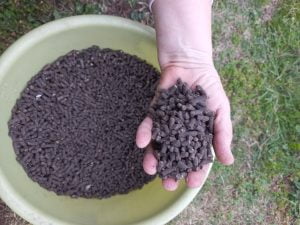
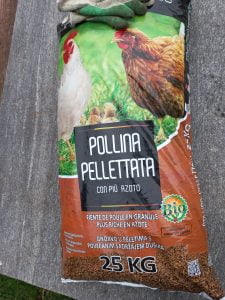
Manures
The manure you can find in Switzerland in the farms will be cow manure in most regions, sometimes horse manure. There are a few things to keep in mind with these manures.
First of all, it must bemature.
That is, it must have been taken from the stable and piled up at least 6 months ago (12 months for horses). If, when you dig it with a fork, it gives off a lot of heat and steam, it is probably too young. Look further back. Manure piles are most often deposited in batches, with the freshest in front and the oldest behind. Ask the farmer, he may be able to tell you.
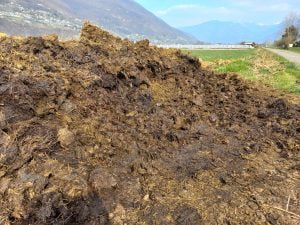
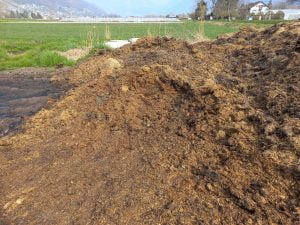
The mixture must also be homogeneous.
Manure contains animal and vegetable matter, dung and straw in similar proportions. But it is not always well mixed, the piles are sometimes made of heterogeneous layers superimposed. By removing it, try to restore this balance.
Excessive liquid manure is also undesirable. The manure should be wet but not soaked.

Hen droppings straight from your henhouse are trickier to use.
Don't apply it immediately. Form a pile, mix half and half with compost, cover completely with plant remains. Let it sit for at least 3 months before using.
The ashes
Wood ash contains potassium and many minerals that promote fruit production. They help maintain the metabolic balance of the trees. However, ash is highly alkaline, whereas citrus fruits prefer a neutral or slightly acidic Ph. On soils rich in humus and organic matter, the pH will remain sufficiently acidic even with an addition of ash once a year.
If the soil is alkaline (e.g. limestone soil) do not use wood ash. For a contribution of Potassium, favour purins, horse pellets and a mulch of comfrey.
The ash has to be spread on the ground, in a thin layer and far from the trunk, it is not necessary to bury or cover it.
Coffee grounds
Even more charged in Potassium than the ashes, the coffee grounds will not change the Ph of the soil. It is also very rich in manganese, an important mineral for increasing the number of fruits. To be used in priority on alkaline soils (limestone).
Be careful never to use fresh coffee grounds, the high caffeine content can damage young trees. Let the coffee grounds sit for at least 1 or 2 months before applying them.
Apply in early summer.
The crushed horn
Available in bags of a few kilos in the form of chips, the horn is a slow release nitrogen concentrate. To be buried shallowly around the tree, under the branches but not near the trunk.
Liquid fertilizers of own production
Rich in nutrients, at almost no cost and with a reasonable effort,nettle and comfrey purins are rich in nitrogen, potassium and phosphorus (NPK), but also in complementary minerals, such as iron, manganese and boron.
Nettle grows wild and is easily found throughout Switzerland. We have all learned to recognize it (and to beware of it!).
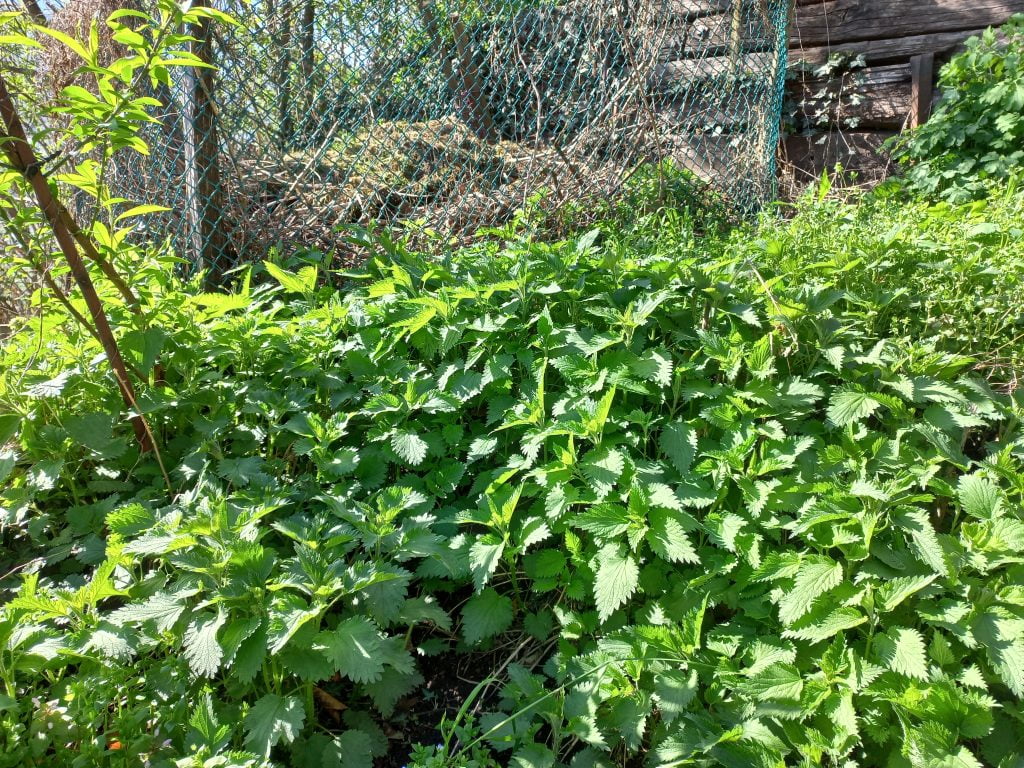
Comfrey is less common and identifiable. Consider sowing some in a ditch, the seeds are quite easy to find. Once installed it will reproduce itself year after year.
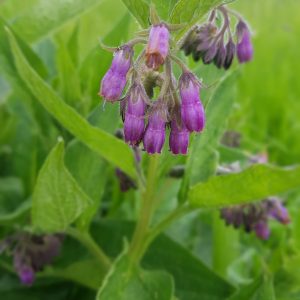

In general, make sure that liquid fertilizers are properly diluted. It is possible to burn plants with too high concentrations.
Doing your own nettle slurry.
For 10L of nettle manure (to be diluted later)
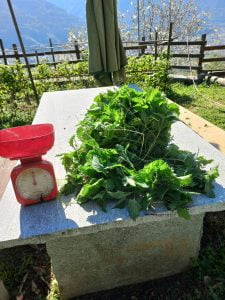
Pick up about 1 kilo of nettles with gloves, without the roots. Chop the plants into small pieces. Throw them in 10L of rain water (avoid tap water which contains chlorine) in a non-metallic container. Cover the container with a cloth, or with an air-permeable lid. Mix with a stick.
Fermentation will begin.

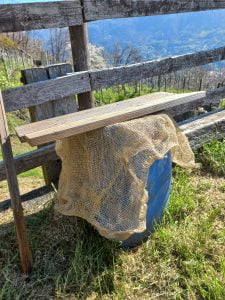
Let ferment for about a week. Stir the mixture at least once a day.
When no more bubbles appear on the surface, fermentation is complete.
If it smells very bad, that's a good sign!
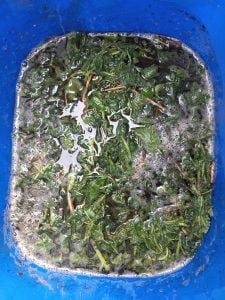
Filter the plant remains before storing the liquid manure in a shaded container.
You can keep it up to 12 to 18 months before renewing it.
The slurry should always be used diluted, in a proportion of 0.5L to 1L of slurry for 10L of water.
Note:
If tap water is hard, it's best to avoid using it to water citrus fruit.
Doing your own comfrey slurry.
The technique is exactly the same as for nettle purin, and the dilution is identical.
See above.
If comfrey is available in large quantities, use it as mulch around the tree. Place the leaves directly in a thick layer. This will have a strong fertilizing effect without the need to make a slurry.


